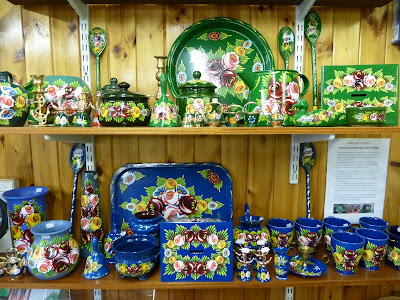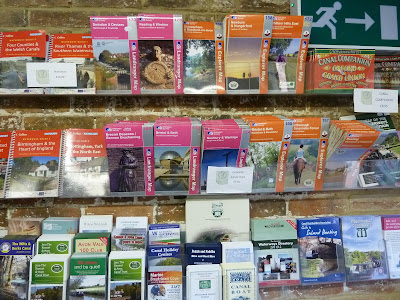The weather is so cold here, that the birds are having to wear their socks! Thank you Meggie in Hamburg for your photo of the thrush wearing my mandmade socks. Their little feet certainly need some protection from the icy conditions. The description of the cold as, "a wretched width" succintly sums up that feeling of an all encompassing chill. I have written out the poem below, it is one of my favourites:
First Sight
by Philip Larkin (1956)
Lambs that learn to walk in snow
When their bleating clouds the air
Meet a vast unwelcome, know
Nothing but a sunless glare.
Newly stumbling to and fro
All they find, outside the fold,
Is a wretched width of cold.
As they wait beside the ewe,
Her fleeces wetly caked, there lies
Hidden round them, waiting too,
Earth's immeasurable surprise.
They could not grasp it if they knew,
What so soon will wake and grow
Utterly unlike the snow.



.JPG)









































